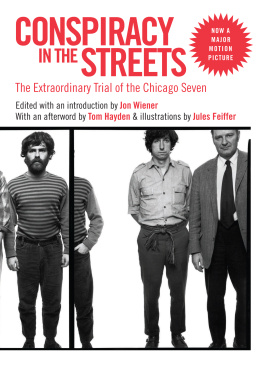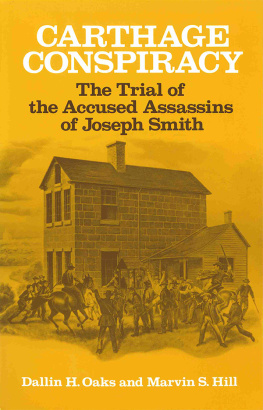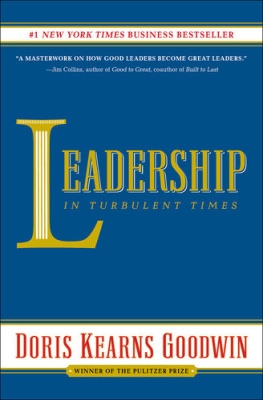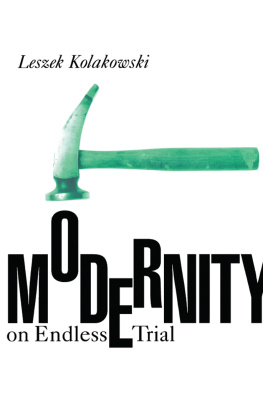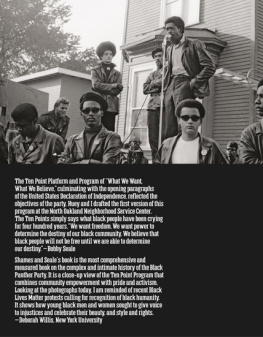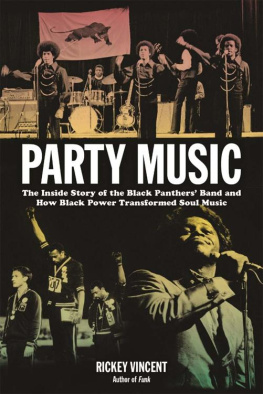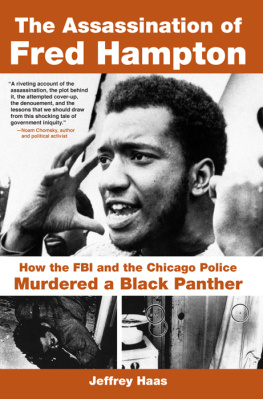Jon Wiener - Conspiracy in the Streets: The Extraordinary Trial of the Chicago Seven
Here you can read online Jon Wiener - Conspiracy in the Streets: The Extraordinary Trial of the Chicago Seven full text of the book (entire story) in english for free. Download pdf and epub, get meaning, cover and reviews about this ebook. year: 2020, publisher: The New Press, genre: Politics. Description of the work, (preface) as well as reviews are available. Best literature library LitArk.com created for fans of good reading and offers a wide selection of genres:
Romance novel
Science fiction
Adventure
Detective
Science
History
Home and family
Prose
Art
Politics
Computer
Non-fiction
Religion
Business
Children
Humor
Choose a favorite category and find really read worthwhile books. Enjoy immersion in the world of imagination, feel the emotions of the characters or learn something new for yourself, make an fascinating discovery.
- Book:Conspiracy in the Streets: The Extraordinary Trial of the Chicago Seven
- Author:
- Publisher:The New Press
- Genre:
- Year:2020
- Rating:4 / 5
- Favourites:Add to favourites
- Your mark:
Conspiracy in the Streets: The Extraordinary Trial of the Chicago Seven: summary, description and annotation
We offer to read an annotation, description, summary or preface (depends on what the author of the book "Conspiracy in the Streets: The Extraordinary Trial of the Chicago Seven" wrote himself). If you haven't found the necessary information about the book — write in the comments, we will try to find it.
THE TRIAL THAT IS NOW A MAJOR MOTION PICTURE
Reprinted to coincide with the release of the new Aaron Sorkin film, this book provides the political background of this infamous trial, narrating the utter craziness of the courtroom and revealing both the humorous antics and the serious politics involved
Opening at the end of 1969a politically charged year at the beginning of Nixons presidency and at the height of the anti-war movementthe Trial of the Chicago Seven (which started out as the Chicago Eight) brought together Yippies, antiwar activists, and Black Panthers to face conspiracy charges following massive protests at the 1968 Democratic National Convention in Chicago, protests which continue to have remarkable contemporary resonance.
The defendantsRennie Davis, Dave Dellinger, John Froines, Tom Hayden, Abbie Hoffman, Jerry Rubin, Bobby Seale (the co-founder of the Black Panther Party who was ultimately removed from the trial, making it seven and not eight who were on trial), and Lee Weineropenly lampooned the proceedings, blowing kisses to the jury, wearing their own judicial robes, and bringing a Viet Cong flag into the courtroom. Eventually the judge ordered Seale to be bound and gagged for insisting on representing himself. Adding to the theater in the courtroom an array of celebrity witnesses appeared, among them Timothy Leary, Norman Mailer, Arlo Guthrie, Judy Collins, and Allen Ginsberg (who provoked the prosecution by chanting Om on the witness stand).
This book combines an abridged transcript of the trial with astute commentary by historian and journalist Jon Wiener, and brings to vivid life an extraordinary event which, like Woodstock, came to epitomize the late 1960s and the cause for free speech and the right to protestcauses that are very much alive a half century later. As Wiener writes, At the end of the sixties, it seemed that all the conflicts in America were distilled and then acted out in the courtroom of the Chicago Conspiracy trial.
An afterword by the late Tom Hayden examines the trials ongoing relevance, and drawings by Jules Feiffer help recreate the electrifying atmosphere of the courtroom.
Jon Wiener: author's other books
Who wrote Conspiracy in the Streets: The Extraordinary Trial of the Chicago Seven? Find out the surname, the name of the author of the book and a list of all author's works by series.

